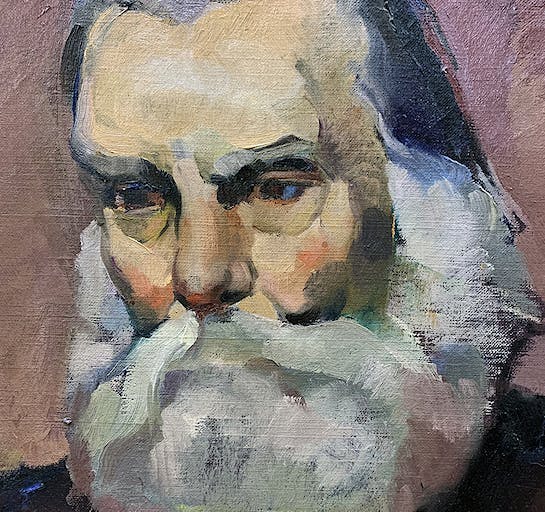Arthur Carles
1882-1952

Arthur Carles
1882-1952
Born in Philadelphia, Pennsylvania, Arthur Carles was a painter whose work went through phases of Realism, Impressionism, Fauvism and Abstract Expressionism, and of the latter style, he was one of the first American proponents. He spent most of his life in Philadelphia where he studied, taught and exhibited at the Pennsylvania Academy of the Fine Arts.
At the Pennsylvania Academy, he was influenced by the bravura technique of William Merritt Chase as well as by early works of Edouard Manet. At the same time, he also painted in a precise realist manner. In 1907, he went to Paris to study and developed an interest in Post-Impressionism and Fauvism and fell under the influence of his friend, Henri Matisse. He also associated with Paul Gauguin, Hans Hofmann, Gertrude and Leo Stein, Alfred Maurer, and the American John Marin.
In New York, he participated in Alfred Stieglitz's 1910 avant-garde show "Younger American Painters," which made the distinction between the popular American Scene painters and those including Carles who were painting abstraction.
In 1913, his work was part of the New York Armory Show, another exhibition that included modernist painting and sculpture of Europeans and Americans and shocked many Americans. During the 1920s and 1930s, he did little exhibiting but his work became increasingly abstract, and between 1937 and 1941, he created works whose heavily brushed surfaces and violent-appearing rhythms anticipated the Abstract Expressionism that became pervasive in America in the 1950s.
He also did portraits and floral studies, but he stopped painting in 1941 because of an accident. In 1983 a retrospective of his work was organized at the Pennsylvania Academy of the Fine Arts.
Sources include:
Peter Falk, Who Was Who in American Art
Art in America, 11/2002
Additional information courtesy of Jean Ershler Schatz
